当前位置:网站首页>This time, thoroughly understand the deep copy
This time, thoroughly understand the deep copy
2022-07-06 01:47:00 【Always--Learning】
Why learn deep copy ?
Before introducing deep copy , First of all, we need to know why we should learn deep copy , It's not just because it's a common interview question , Also because in the actual development , We often encounter scenarios that require deep copying , Therefore, we must master the problem of deep copy , Deep copy involves many knowledge points , The learning of this knowledge point can help us quickly expand and consolidate other relevant knowledge points .
Basic data types and reference data types
Before introducing deep copy , We must first understand the concepts and differences between basic data types and reference data types .
The basic data type has no subtypes , No more splitting , But complex data types also have subtypes . Different data types , This results in different storage methods of data in memory , Simple data types are stored on the stack , Stored is a value , If it's a complex data type , Store in the pile , What is stored is an address , It is precisely because of the different storage methods , As a result, when we copy objects , Sometimes a shallow copy is needed , Sometimes you need a deep copy .
Basic data type
Typical basic data types are as follows :
- undefined
- number
- boolean
- bigint
- symbol
- null
- string
Reference data type
Typical reference data types mainly include the following :
- Object
- Array
- Map
- Set
- Date
- Regexp
- Function
The difference between deep copy and shallow copy
For shallow copies : If the attribute is a basic type , What is copied is the corresponding value , If the property is a reference type , Copy is the corresponding memory address , So at this time, if you modify the attribute of the reference type in the new copy object, it will affect the attribute in the original object .
For deep copy : If the attribute is a basic type , Copy the corresponding value , If it's a reference type , A new space will be opened from the heap memory to store new objects , Modifying the new object will not affect the original object .
How to realize deep copy
Mode one : adopt JSON.parse(JSON.stringify(obj))
The following is an example of how to JSON.parse(JSON.stringify(obj)) An example of implementing deep copy
let obj = {
id:666,
info:{
name:" Zhang San ",
age:24
}
}
let obj2 = JSON.parse(JSON.stringify(obj))// Complex data types can also be used JSON.parse(JSON.stringify(obj))
obj2.info.age = 100;
obj.info.age //24
obj2.info.age // 100
It should be noted that JSON.parse This method is not omnipotent , Because the supported data types are limited , For example, only support object、array、string、number、boolean、null etc. , I won't support it undefined、function、 Regular 、Date、 ring obj、map、set Equal copy .
Mode two : recursive copying
The so-called recursive copy is that we copy the reference data types that cannot be copied directly in decibel by recursion . It's mainly about Array、Function、RegExp、Date、Map、Set And so on , At the same time, you need to consider circular references and filter out the attributes on the prototype .
function deepClone(target, cache = new Map()) {
if (cache.get(target)) {
return cache.get(target)
}
if (target instanceof Object) {
let dist;
if (target instanceof Array) {
// Copy an array
dist = [];
} else if (target instanceof Function) {
// Copy function
dist = function () {
return target.call(this, ...arguments);
};
} else if (target instanceof RegExp) {
// Copy regular expressions
dist = new RegExp(target.source, target.flags);
} else if (target instanceof Date) {
// Copy date function
dist = new Date(target);
} else if (target instanceof Map) {
// Copy Map
dist = new Map(target);
} else if (target instanceof Set) {
// Copy Set
dist = new Set(target);
} else {
// Copy ordinary objects
dist = {
};
}
// Take the attribute and the copied value as a map
cache.set(target, dist);
for (let key in target) {
// Filter out the attributes on the prototype
if (target.hasOwnProperty(key)) {
dist[key] = deepClone(target[key], cache);
}
}
return dist;
} else {
return target;
}
}
summary
The essence of the implementation of deep copy is to consider how to implement deep copy for different data types , Solve problems according to the characteristics of different types .
边栏推荐
- Unity VR resource flash surface in scene
- selenium 元素定位(2)
- [技术发展-28]:信息通信网大全、新的技术形态、信息通信行业高质量发展概览
- How does redis implement multiple zones?
- genius-storage使用文档,一个浏览器缓存工具
- Basic operations of databases and tables ----- non empty constraints
- Reasonable and sensible
- Tensorflow customize the whole training process
- How does Huawei enable debug and how to make an image port
- leetcode-2. Palindrome judgment
猜你喜欢
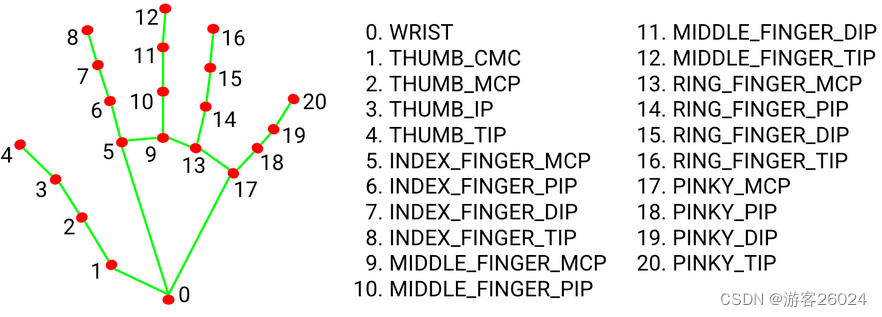
3D vision - 4 Getting started with gesture recognition - using mediapipe includes single frame and real time video
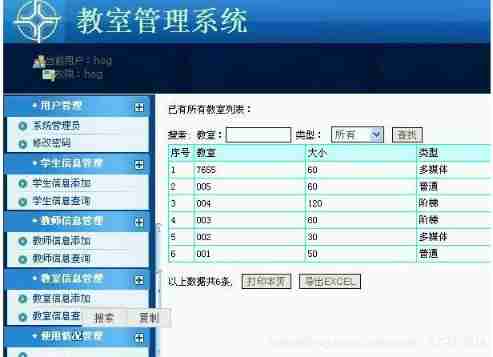
Computer graduation design PHP college classroom application management system

Basic operations of databases and tables ----- unique constraints
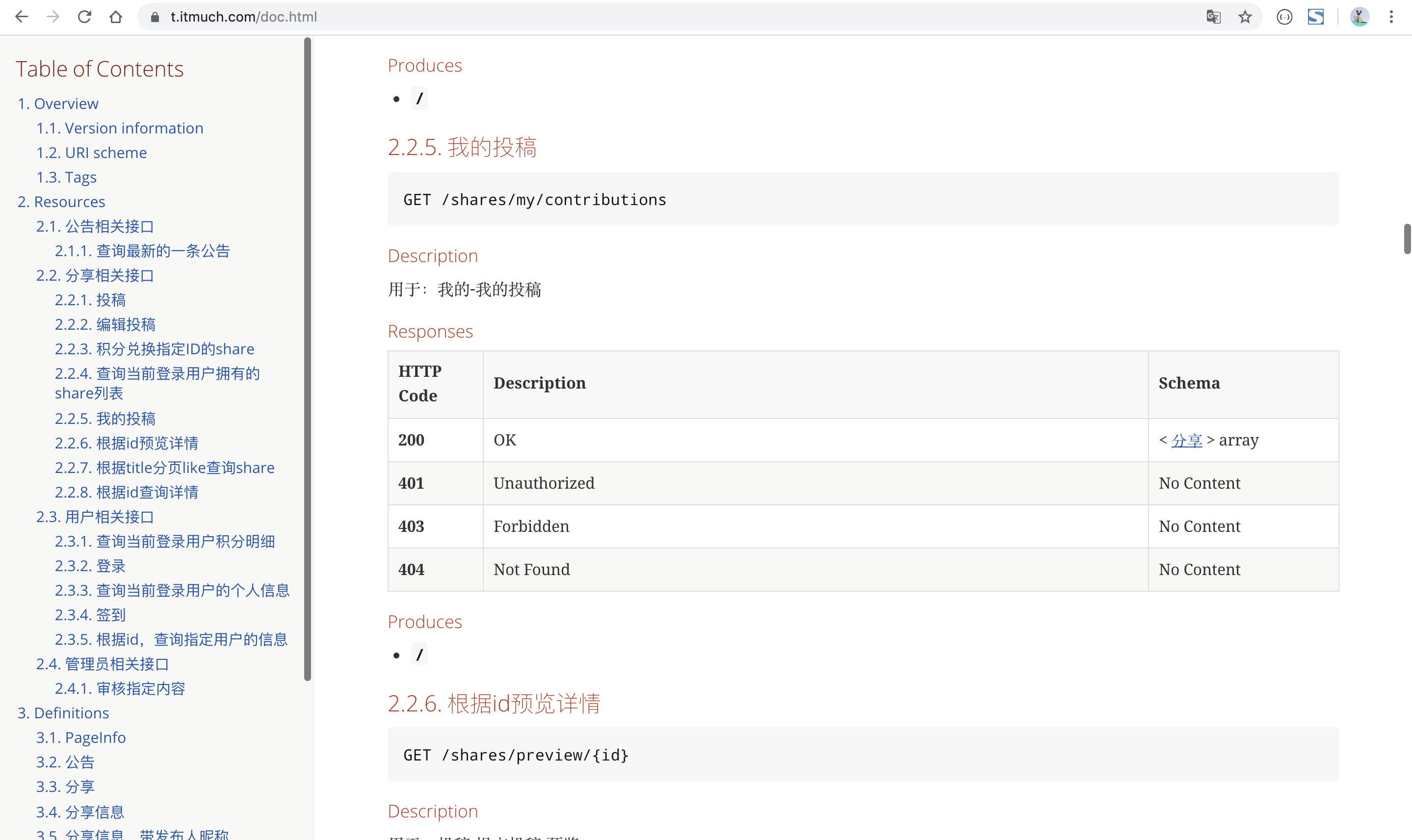
【已解决】如何生成漂亮的静态文档说明页
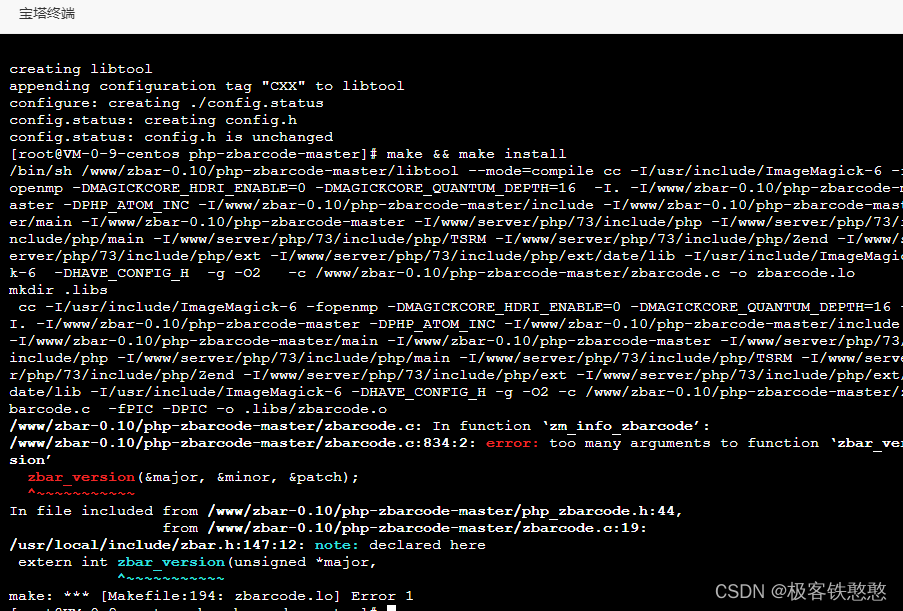
安装php-zbarcode扩展时报错,不知道有没有哪位大神帮我解决一下呀 php 环境用的7.3

1. Introduction to basic functions of power query
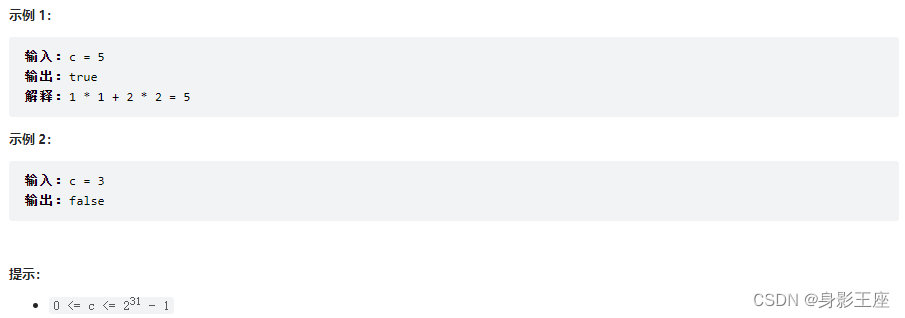
leetcode刷题_平方数之和
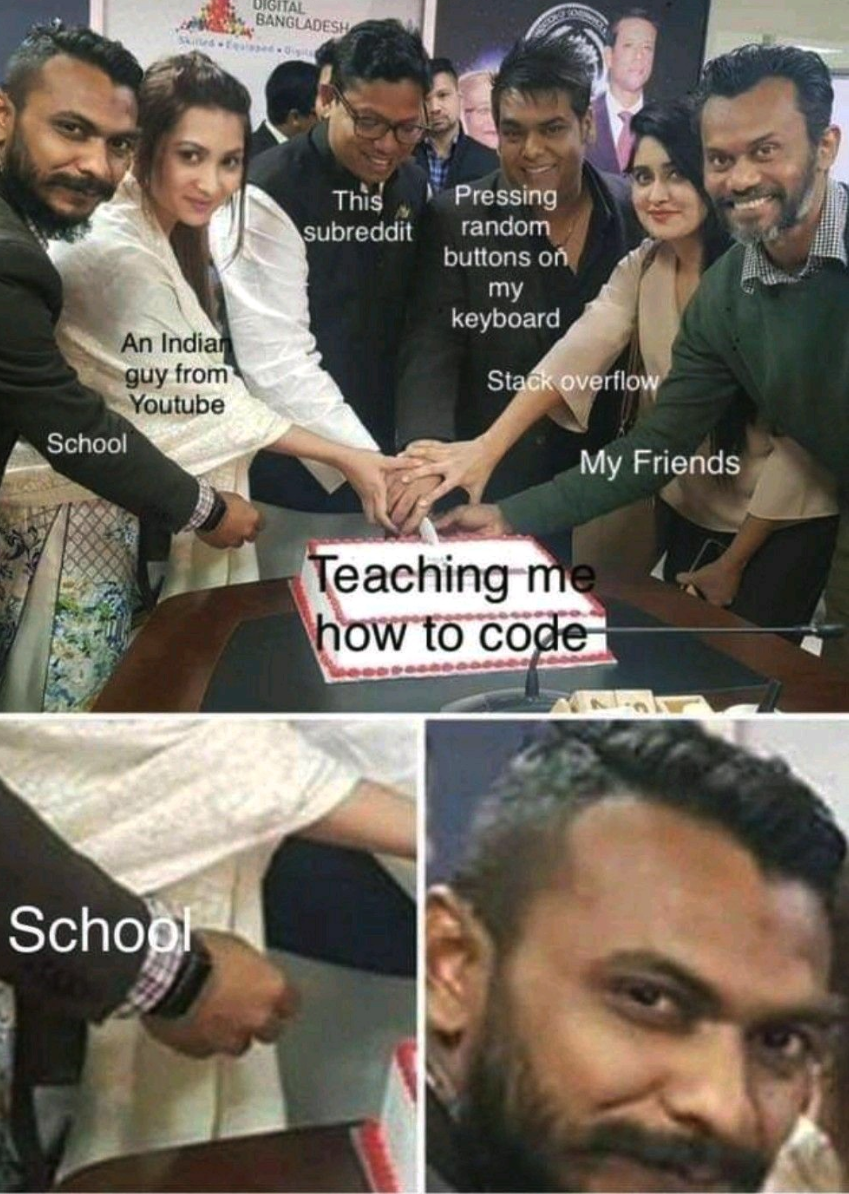
一圖看懂!為什麼學校教了你Coding但還是不會的原因...

02. Go language development environment configuration
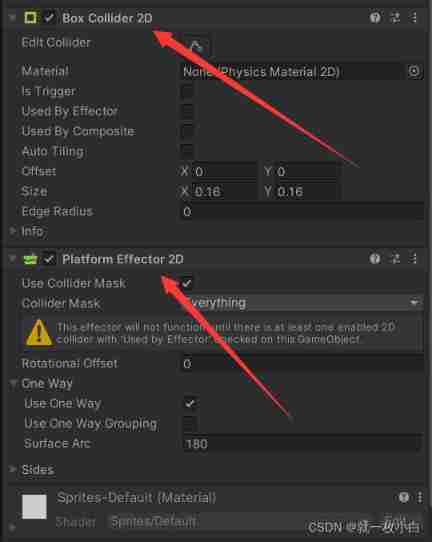
Unity learning notes -- 2D one-way platform production method
随机推荐
leetcode3、实现 strStr()
leetcode刷题_反转字符串中的元音字母
抓包整理外篇——————状态栏[ 四]
[understanding of opportunity-39]: Guiguzi - Chapter 5 flying clamp - warning 2: there are six types of praise. Be careful to enjoy praise as fish enjoy bait.
竞赛题 2022-6-26
Leetcode3. Implement strstr()
C web page open WinForm exe
selenium 等待方式
dried food! Accelerating sparse neural network through hardware and software co design
Redis key operation
同一个 SqlSession 中执行两条一模一样的SQL语句查询得到的 total 数量不一样
【Flask】获取请求信息、重定向、错误处理
How does the crystal oscillator vibrate?
Huawei converged VLAN principle and configuration
MUX VLAN configuration
【详细】快速实现对象映射的几种方式
2022 Guangxi Autonomous Region secondary vocational group "Cyberspace Security" competition and its analysis (super detailed)
Redis守护进程无法停止解决方案
c#网页打开winform exe
Huawei Hrbrid interface and VLAN division based on IP